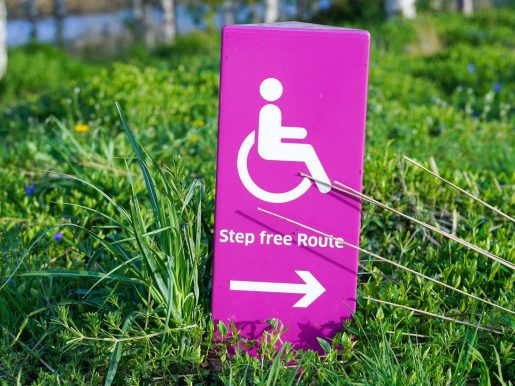Disability rights and healthcare: Olmstead at 20
Twenty years ago, the United States Supreme Court decided one of the most important disability rights cases in American history. Olmstead v. L.C. held that the Americans with Disabilities Act (ADA) requires state and local governments to serve people with disabilities in the community — not in institutions — when possible. Specifically, when (1) treating professionals deem community-based services appropriate, (2) the affected person does not oppose community-based treatment, and (3) the state, given its funding constraints, can reasonably accommodate the move.
Olmstead has been called the Brown v. Board of Education for people with disabilities. Brown established that “separate but equal” was anything but and ended racial segregation in public schools. Similarly, the Court in Olmstead recognized that isolating individuals with disabilities in institutionalized care without justification constituted discrimination. In other words, Olmstead is an integration mandate.
But the similarities end there. Brown and the subsequent legal responses — though imperfect and subject to criticism — required integration and provided enforcement mechanisms. And, generally, it worked.
By contrast, Olmstead provided a “qualified yes” and states have responded with varying Olmstead plans, ranging from merely decreasing the number of beds in long-term hospitalization settings to active development of new community resources.
This range in responses is in part due to the deference that the Olmstead decision gives to the states. When evaluating whether the decision to keep a person in an institution is discriminatory, courts must consider the facts “in view of the resources available to the state, not only the cost of providing community-based care to the litigants, but also the range of services the state provides others with mental disabilities, and the state’s obligation to mete out those services equitably.”
In other words, logistical and financial realities remain essential to the calculus. States don’t have to shut down all their institutions. In part, because institutions will always be required and appropriate for some individuals and should remain available. Nor are states required to assume the costs of developing new community placements to fulfill Olmstead’s promise.
In fact, the Court notes that if the “state were to demonstrate that it had a […] plan for placing qualified persons […] in less restrictive settings, and a waiting list that moved at a reasonable place not controlled by the State’s endeavors to keep its institutions fully populated” the state would meet the standard.
Institutionalization of vulnerable populations, including children, the sick, the poor, and people with myriad disabilities, is part of our country’s dark and complicated history. The Court, in looking at why Congress passed the ADA, noted the isolation and segregation long experienced by people with disabilities. And 20 years later, it is not clear that Olmstead radically reduced institutionalization or will help prevent it from increasing in the future.
So what is the legacy of Olmstead as we look back over the past two decades? The answer may be that incentives created by healthcare funding structures turned a “qualified yes” into a functional no for many people. And as more people age and come to depend on the protections in place for people with disabilities, the limitations of this holding may only become more pronounced.
-By Leah R. Fowler, research assistant professor, University of Houston Law and Jessica L. Roberts, professor, Leonard H. Childs Chair, director, Health Law & Policy Institute; Fowler and Roberts are also Health Policy Scholars in the Center for Medical Ethics and Health Policy at Baylor College of Medicine




